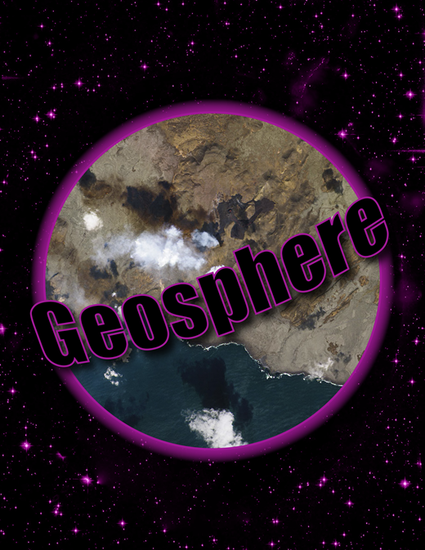
- Sierra de Maz,
- metamorphism,
- tectonic evolution,
- MARA terrane
The Mesoproterozoic MARA terrane of western South America is a composite igneous-metamorphic complex that is important for Paleozoic paleogeographic reconstructions and the relative positions of Laurentia and Gondwana. The magmatic and detrital records of the MARA terrane are consistent with a Laurentian origin; however, the metamorphic and deformation records lack sufficient detail to constrain the correlation of units within the MARA terrane and the timing and mechanisms of accretion to the Gondwana margin.
Combined regional mapping, metamorphic petrology, and garnet and monazite geochronology from the Sierra de Maz of northwest Argentina suggest that the region preserves four distinct litho-tectonic units of varying age and metamorphic conditions that are separated by middle- to lower-crustal ductile shear zones. The Zaino and Maz Complexes preserve Barrovian metamorphism and ages that are distinct from other units within the region. The Zaino and Maz Complexes both record metamorphism ca. 430–410 Ma and show no evidence of the regional Famatinian orogeny (ca. 490–455 Ma). In addition, the Maz Complex records an earlier granulite facies event at ca. 1.2 Ga. The Taco and Ramaditas Complexes, in contrast, experienced medium- and low-pressure upper amphibolite to granulite facies metamorphism, respectively, between ca. 470–460 Ma and were later deformed at ca. 440–420 Ma.
The Maz shear zone that bounds the Zaino and Maz Complexes records sinistral oblique to sinistral deformation between ca. 430–410 Ma. The data suggest that at least some units in the MARA terrane were accreted by translation, and the Gondwana margin of northwest Argentina transitioned from a dominantly convergent margin to a highly oblique margin in the Silurian.